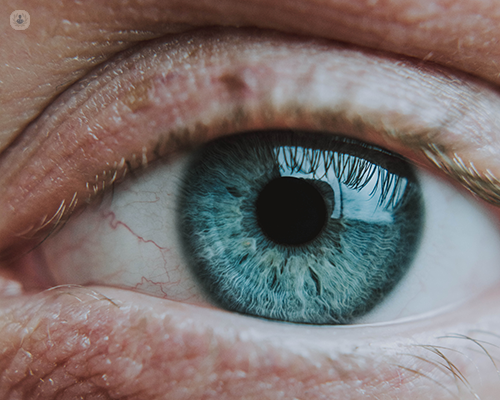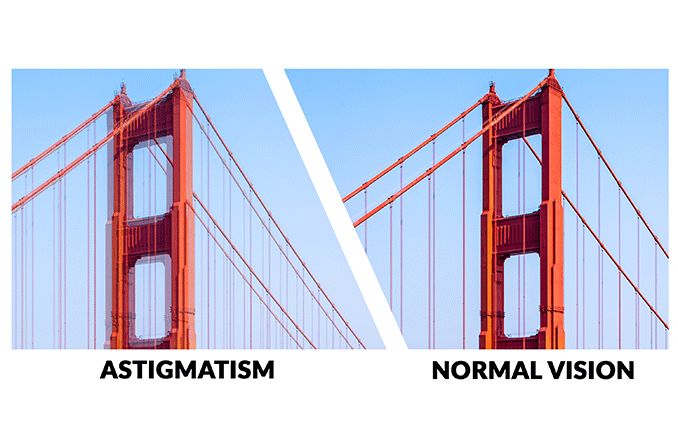Can myopia cause cataract and glaucoma?
Can myopia cause cataract and glaucoma? What is myopia in simple words? Myopia is a refractive error in which the overall power of eye is greater than the emmetropic eye. The image of object does not fall on the retina but is formed in front of the eye. The patients complain about not seeing clearly at distance. Myopia has always been a thing of concern for the ophthalmologists as it is believed that it will affect 5 billion of the total population of the world by 2050.
Can myopia cause cataract
Cataract occurs due to physiological, pathological and congenital reasons. the formation of cataract in the nucleus of the lens causes myopic shift i.e. the eye becomes myopic. Hence we can say that the not only myopia cause cataract but cataract can also stimulate myopia.
Axial length leading to nutrient deficiency
Well, in myopia the axial length of the eyeball increases in high myopia (high myopia is more or equal to -6.00 D and the axial length is greater than 26.5 mm) and this elongation of the eyeball prevents the lens from getting nutrients. This nutrient deficiency induced by high myopia can disturb the lens transparency leading to clumping of proteins and early cataract onset.
Lenticular changes leading to cataract
There is another explanation for the question regarding cataract onset by myopia. The index myopia happens when the refractive index of lens or cornea increases. The increase in refractive index of cornea leads to thickening of the lens. This increases the chance of sclerosis of lens fibers which in turn lead to early cataract onset.
Can myopia cause glaucoma?
Studies
- According to Blue Mountains Eye Study based in Australia, myopia is a risk factor for glaucoma. According to the studies, the prevalence of myopia is 4.4 percent in the eyes with moderate to high myopia.
- According to Beijing Eye Study 2007, the people with myopia ranging from -6.00 D or more are at a higher risk of developing “optic disc glaucoma”.
Severe degenerative changes due to high myopia
There is a theory according to which high axial length thinning of lamina cribrosa which results in compromised structural support for the nerve fiber layers. High myopia results in shallow cup, scleral crescent, and retinal nerve fiber layer damage, posterior staphyloma, peripapillary atrophy, retinal abnormalities and macular degenerations.
Raised IOP and Optic neuropathy
In myopia the scleral thinning leads to degradation of collagen I, III and IV of sclera. The overall degenerative changes induce elongation of axial length of the eyeball. The increase in axial length leads to increase in IOP in the eye and glaucoma is a group of diseases which results in optic neuropathy and raised IOP in the eye which can lead to visual field defects.
Founder of EyesMatterMost- an optometry student who loves talking about eyes. I tend to cover topics related to optometry, ophthalmology, eye health, eyecare, eye cosmetics and everything in between. This website is a medium to educate my readers everything related to eyes.



